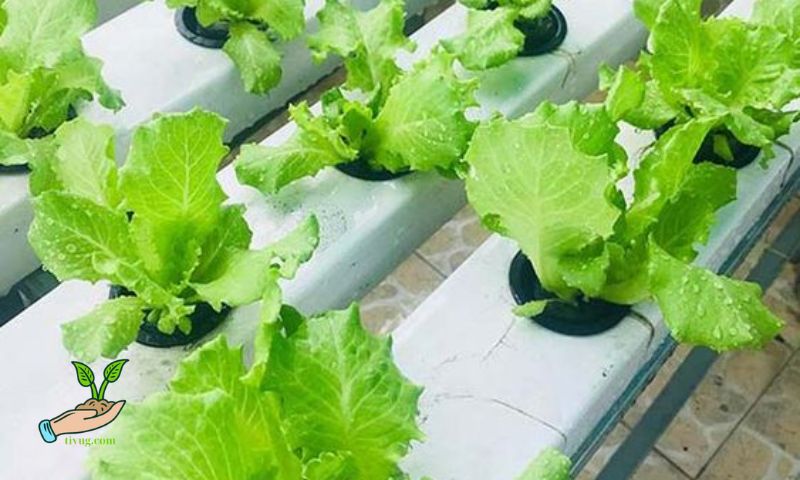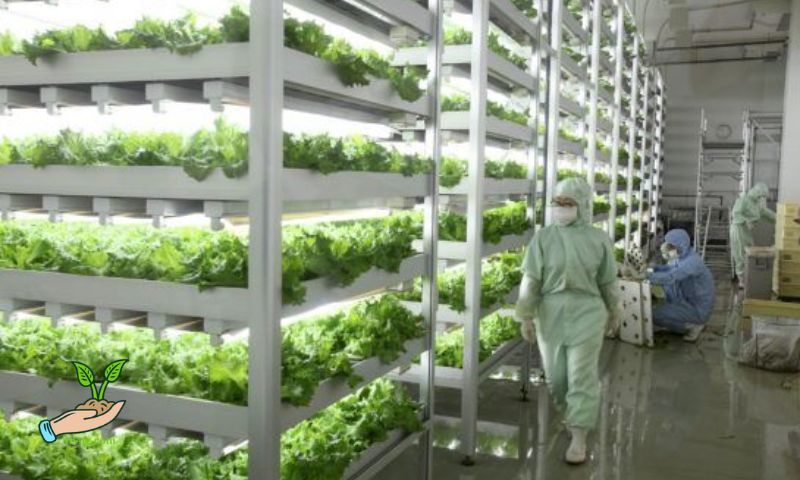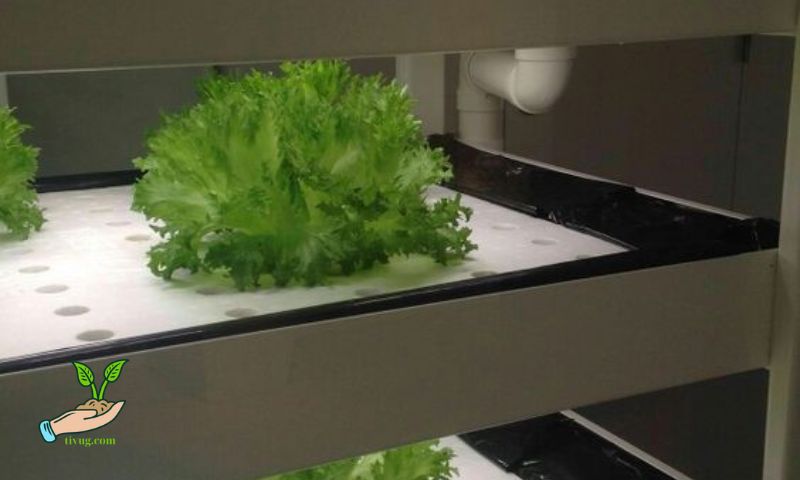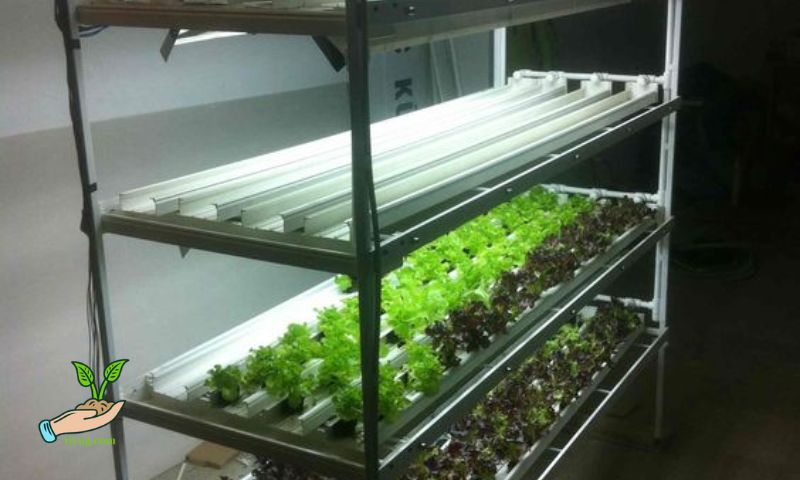In the realm of modern agriculture, the utilization of advanced techniques like tissue culture has revolutionized the way crops are propagated and cultivated. Among these innovations, tissue culture lettuce stands out as a prime example of how scientific advancements are enhancing agricultural practices. This article delves into the intricacies of tissue culture lettuce, exploring its benefits, the process involved, applications across different sectors, challenges, future trends, and its role in sustainable agriculture.
Benefits of Tissue Culture Lettuce

Tissue culture lettuce offers a myriad of advantages that contribute to its popularity among growers and researchers alike. Firstly, it boasts enhanced disease resistance, a critical factor in ensuring crop health and productivity. By starting with disease-free plant materials through tissue culture, growers can significantly reduce the risk of crop loss due to diseases that commonly afflict traditional farming practices.
Moreover, tissue culture lettuce ensures consistent quality and uniformity in crop output. Each plant propagated through tissue culture maintains genetic fidelity, resulting in uniform growth patterns, leaf structure, and nutritional content. This uniformity is highly valued in commercial agriculture, where predictability and standardization are key to meeting market demands.
The rapid multiplication of plants is another significant benefit of tissue culture lettuce. Through the propagation of shoots and roots in a controlled laboratory environment, growers can exponentially increase their stock of healthy plants within a relatively short period. This accelerated multiplication process not only boosts efficiency but also facilitates faster crop cycles, leading to increased yields over time.
Process of Tissue Culture in Lettuce

The process of tissue culture involves several meticulous steps designed to propagate plants under sterile conditions. It begins with selecting a suitable tissue sample from a healthy lettuce plant, typically from the meristematic tissue where active growth occurs. This tissue is then sterilized to eliminate any contaminants that could hinder the growth of the culture.
Once sterilized, the tissue is placed in a nutrient-rich medium containing essential nutrients, vitamins, and growth hormones. These components are carefully balanced to support the growth and development of the tissue into new plants. The medium provides the necessary environment for the tissue to proliferate, forming callus tissue and eventually developing into shoots and roots.
Throughout this process, strict adherence to sterile techniques is crucial to prevent contamination and ensure the purity of the culture. Laboratory conditions such as temperature, humidity, and light are meticulously controlled to optimize growth and minimize stress on the developing plants.
Applications of Tissue Culture Lettuce
The applications of tissue culture lettuce extend beyond traditional farming methods, encompassing diverse sectors within agriculture. In commercial agriculture, tissue culture techniques are employed to produce high-quality lettuce seedlings for large-scale cultivation. These seedlings are renowned for their vigor, uniformity, and resilience to environmental stresses, making them ideal for open-field farming and greenhouse operations.
Moreover, tissue culture lettuce plays a pivotal role in controlled environment agriculture (CEA), where crops are grown under precise conditions to maximize productivity and resource efficiency. In hydroponic systems, for instance, tissue culture lettuce serves as a reliable source of disease-resistant plants that thrive in nutrient-rich solutions without the need for soil. This method not only conserves water but also minimizes the use of pesticides, thereby promoting sustainable farming practices.
Challenges and Considerations

Despite its numerous benefits, tissue culture lettuce presents certain challenges that warrant careful consideration. One such challenge is the initial setup costs associated with establishing a tissue culture laboratory and acquiring the necessary equipment and expertise. While the long-term benefits of increased productivity and reduced crop losses justify these investments, they can pose barriers for smaller growers or those operating on limited budgets.
Environmental considerations also play a significant role in the adoption of tissue culture lettuce. The energy-intensive nature of maintaining sterile laboratory conditions and the disposal of nutrient media after use contribute to the carbon footprint associated with tissue culture practices. Efforts to optimize energy efficiency and explore sustainable alternatives for nutrient media are ongoing, aiming to mitigate these environmental impacts.
Future Trends and Innovations
Looking ahead, the future of tissue culture lettuce is marked by ongoing research and technological advancements aimed at further enhancing its efficiency and sustainability. Innovations in automation and robotics are streamlining the tissue culture process, reducing labor costs, and improving scalability. These advancements enable growers to produce larger quantities of disease-resistant lettuce seedlings efficiently, meeting the growing demand for high-quality produce worldwide.
Research efforts are also focused on improving the nutrient formulations used in tissue culture media to promote better growth and development of lettuce plants. By fine-tuning nutrient ratios and incorporating organic alternatives, researchers aim to minimize reliance on synthetic chemicals and enhance the nutritional value of tissue culture lettuce.
Conclusion
In conclusion, tissue culture lettuce represents a significant advancement in agricultural technology, offering substantial benefits in terms of disease resistance, quality uniformity, and rapid propagation. Its applications span commercial agriculture, controlled environment agriculture, and hydroponic systems, contributing to sustainable farming practices and food security.
As research and innovation continue to propel the field of tissue culture forward, the future holds promising opportunities for further enhancing the efficiency and environmental sustainability of lettuce production. By embracing these advancements, growers can not only meet current market demands but also contribute to a more resilient and sustainable food system for generations to come.

